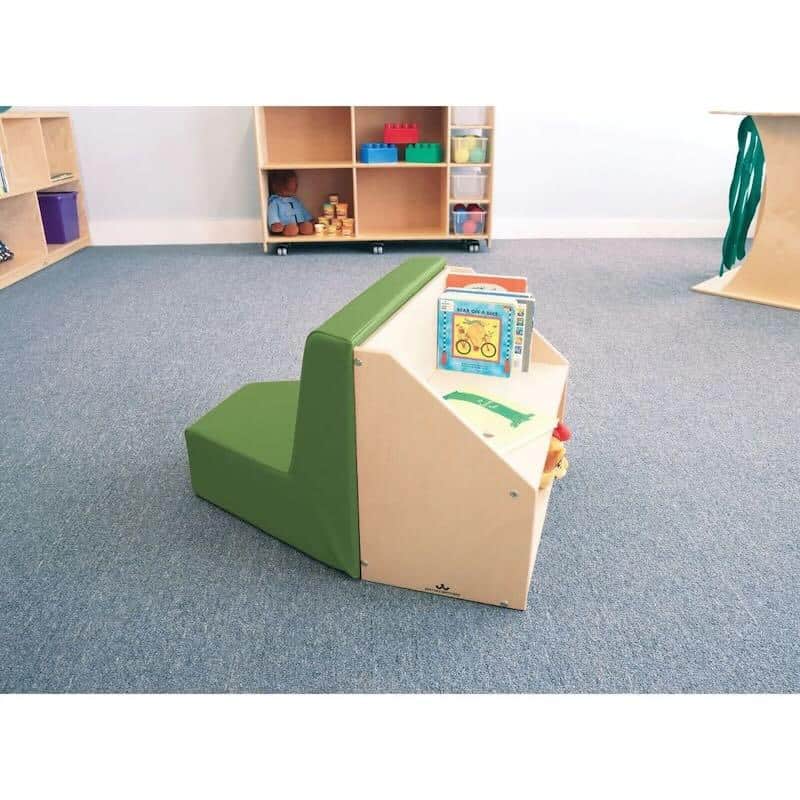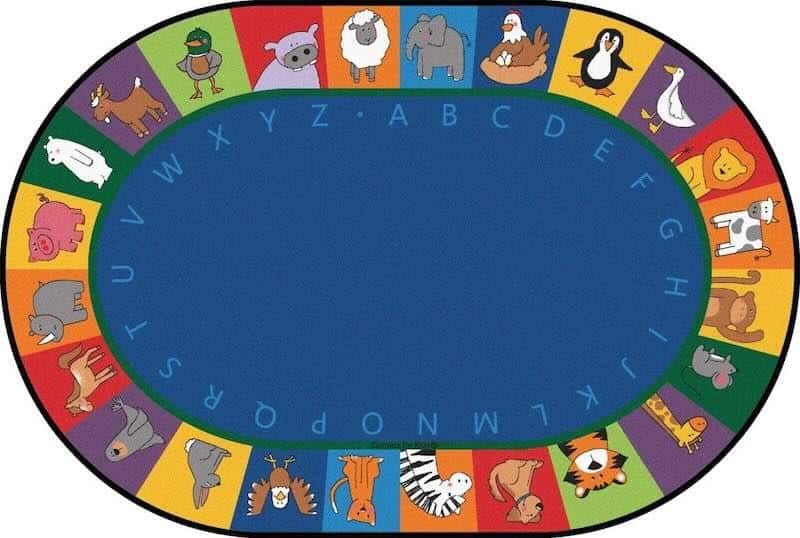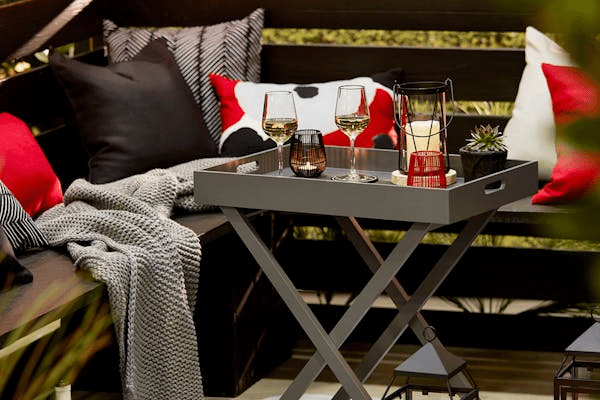Creating an Optimal Learning Environment at Home
As home-based learning becomes more prevalent, parents are seeking ways to create engaging and effective educational spaces for their children. An optimized learning environment can boost a child’s focus, creativity, and overall academic performance. Here’s how you can set up an ideal learning space in your home.
The Foundation of a Learning Space
1. Identify the Learning Needs
Every child is unique, and their learning space should reflect their individual needs. Consider the activities your child engages in most—be it reading, arts and crafts, or hands-on projects. Tailoring the space to these activities will make it more functional and inviting. Spend some time observing your child’s daily routines and interests, and involve them in the planning process. This not only ensures that the space meets their needs but also makes them feel valued and heard.
2. Prioritize Comfort and Ergonomics
Comfort is the key to maintaining a child’s focus. Invest in ergonomic furniture that supports good posture and reduces strain. Adjustable chairs and desks can grow with your child, providing lasting value. Think about how much time your child spends at their desk and make sure the seating is comfortable enough for long periods. An ergonomic chair with lumbar support can prevent back pain and encourage proper sitting habits. Cushions or footrests can add extra comfort and support.
3. Create Zones for Different Activities
Organizing the learning area into distinct zones can help children transition smoothly between activities. Here are some ideas for different zones:
- Reading Zone: A cozy corner with a comfortable chair or a beanbag, and a small bookshelf stocked with age-appropriate books can encourage a love for reading. Personalize this space with your child’s favorite stuffed animals, blankets, or pillows to make it a sanctuary they look forward to visiting.
- Creative Zone: A dedicated table for arts and crafts, equipped with storage for supplies, allows children to engage in creative activities without making a mess. Incorporate easy-to-clean surfaces and washable materials. Display their artwork on the walls to celebrate their creativity and boost their confidence.
- Study Zone: A quiet area with a desk and chair, good lighting, and minimal distractions is essential for focused study and homework. Ensure that this zone is free from noise and interruptions. Use desk organizers to keep school supplies within reach and declutter the workspace. A clock or timer can help your child manage their time effectively.
4. Incorporate Educational Tools and Decor
Use educational tools and decor to make the space stimulating and inspiring. Wall charts, maps, and educational posters can reinforce learning. Interactive elements like whiteboards or corkboards can display schedules, goals, and achievements. Consider adding a bulletin board where your child can pin up their achievements, homework schedules, and inspirational quotes. This not only keeps them organized but also serves as a visual reminder of their progress.
5. Ensure Ample Storage
Keeping the learning area organized is crucial for maintaining a productive environment. Use shelves, bins, and cabinets to store books, supplies, and toys neatly. Personalized step stools with storage can add a playful touch while providing additional functionality. Labeling storage containers can make it easier for your child to find what they need and encourage them to put things back in their place. Regularly declutter and rotate supplies to keep the space fresh and exciting.
Enhancing the Space with the Right Products
While the foundation of a learning environment is important, the right products can make a significant difference in usability and appeal. Here are a few carefully selected items that can enhance your child’s learning space:
Personalized Step Stools: These are not only practical for reaching higher shelves but also add a personalized element to the room. You can customize them with your child’s name and use them as additional seating or storage. Step stools can also create a sense of ownership and pride in the learning space. Encourage your child to use their step stool for different activities, such as reaching the sink to wash their hands or helping in the kitchen.
Reading Nooks: Creating a dedicated reading nook with comfortable seating and good lighting can foster a lifelong love of reading. Reading nooks are inviting and can be tailored to fit any space. Incorporate soft lighting, such as fairy lights or a reading lamp, to create a warm and inviting atmosphere. You can also add a small table for snacks and drinks, making it a perfect spot for your child to unwind with a book.

Arts Tables: A well-designed arts table provides a dedicated space for creative activities, helping to keep the rest of the home tidy. Look for tables with built-in storage to keep supplies organized. Choose a table that is the right height for your child, and consider adding a comfortable chair to encourage longer creative sessions. Display their completed projects on a nearby wall or shelf to celebrate their creativity and hard work.
Classroom Rugs: Adding a classroom rug can define different areas of the learning space and provide a soft, comfortable area for various activities. Rugs with educational themes, such as alphabets or world maps, can make learning fun and interactive. Choose a rug that is easy to clean and durable enough to withstand daily use. Use the rug to create a designated area for activities like reading, playing, and group work, making the space more organized and functional.

Personal Touches to Make the Space Special
Incorporate elements that reflect your child’s personality and interests to make the space uniquely theirs. Let them choose colors, themes, and decorations that resonate with them. This could be anything from posters of their favorite animals to artwork they’ve created themselves. Adding personal touches helps your child feel more connected to their learning environment and can boost their motivation and engagement.
Encouraging Ownership and Responsibility
Involve your child in maintaining the space by assigning them simple tasks like organizing their desk, putting away supplies, and keeping the area clean. This fosters a sense of responsibility and teaches them valuable organizational skills. Make it a fun activity by setting a timer and challenging them to see how quickly they can tidy up. Praise their efforts and celebrate their successes to reinforce positive behavior.
Putting It All Together
Creating an optimal learning environment at home involves thoughtful planning and the right combination of furniture and decor. Start by assessing your child’s learning needs and the space. Prioritize comfort and ergonomics, create distinct zones for different activities, and use educational tools to make the space engaging.
Incorporate carefully chosen products, such as personalized step stools, reading nooks, arts tables, and classroom rugs, to enhance the functionality and appeal of the learning environment. By integrating these elements, you can create a space that supports your child’s educational journey and makes learning a delightful experience.
When selecting the right elements for your child’s learning space, consider the benefits of using classroom rugs. These rugs not only provide a comfortable surface for sitting and playing but also help define learning zones within a room, making it easier for children to focus on their activities.
By focusing on interactive classroom rugs, you can transform any room into an educational haven, enhancing both the aesthetic and functional aspects of your home learning environment.
Creating a dedicated learning space at home is an investment in your child’s future. With a little creativity and careful planning, you can create an environment that nurtures their love of learning and supports their academic success. Start today and watch your child thrive in their new, inspiring learning space.







